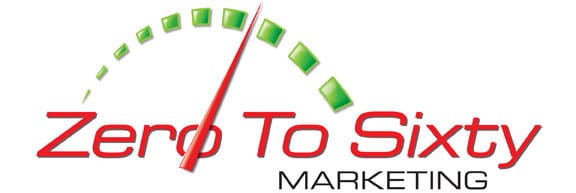[soundcloud id=’51578646′]
Contact data is extremely important for so many reasons, from billing to house calls to marketing – you need to be able to reach both prospects and customers. Lists are compiled many ways:
- Saved information when you were hired to perform work
- Email sign-up form field entries
- Purchased names, emails, and phone numbers from a list broker
When I’m consulting with business owners, I get asked all sorts of questions about list purchase. Well thought out list purchases are a great way to drill down on some core information about people. You can essentially target household incomes, how many generations live in the home, educational background, and even health-related information.
Depending on the level of specialization, the costs can actually be quite reasonable if you’re willing to do some of the mailing grunt work yourself.
You can keep it real simple when you use bulk coupon mailers that target zip codes, but the more a list can be defined, the better the results. Whenever you purchase a list, you need to think about the costs associated with running your campaign more than once, and preferably getting on a regularly scheduled routine.
This is where great targeting comes into play.
A great list has been refined. What do I mean by that?
Every campaign, online or off, needs to have tracking built into it. You need to be able to see who responded to what so you won’t send to inactive leads. Online lead generation is done with a sign up form, but print ads still need to have a trackable call to action. Once you have a refined list, your efforts – provided amazing copy and design are used – are multiplied BIG time, upping returns from 4%-7%.
When your list is void of those unlikely to buy from you and bad contact data, those returns look pretty good.
If you’ve faithfully been saving your email contact data, I have great news for you. Those are the most targeted leads you can get. Those people have requested information from you, actually given you permission to market to them.
“But,” you say, “you delete emails you don’t want. How do you know if your emails get deleted without being read?” Without tracking, you don’t.
AWeber Email Services filters that information so you always know who opens, who clicks through to your website, who orders, and who unsubscribes. You can’t get that kind of information through GMail or Outlook.
AWeber is also CAN-SPAM compliant, making it much easier to get into inboxes by helping you avoid spam filters.
The take-away is this: your website should be helping you collect contact data. Using a sign up form encourages prospects to learn more about you. Without a sign-up form, you have no idea how many people your extremely targeted list could be including.
Gage Responses For an Optimal List
Whether you’ve collected your own email addresses, purchased a list, or used a sign up form, you need to know how your people responded to your campaign. Those leads are warmer than the rest, maybe even ready to close a sale.
The other segments of your campaign aren’t useless, and they will respond over time if you treat them differently – respecting their distance. Reduce the frequency of their communications from you.
I bet you have contact data you can use to start communications with your customers and prospects. Don’t let those names and addresses sit there unattended, they’re absolute GOLD in the marketing world!
Do you have questions about how you can use customer contact information for targeted marketing? Are you afraid you’ll annoy your customers? Your competition isn’t. Staying in front of potential customers is just good sense in this competitive economy. Make sure they think of you when it’s time to buy! Leave your questions below.

Leave a Reply